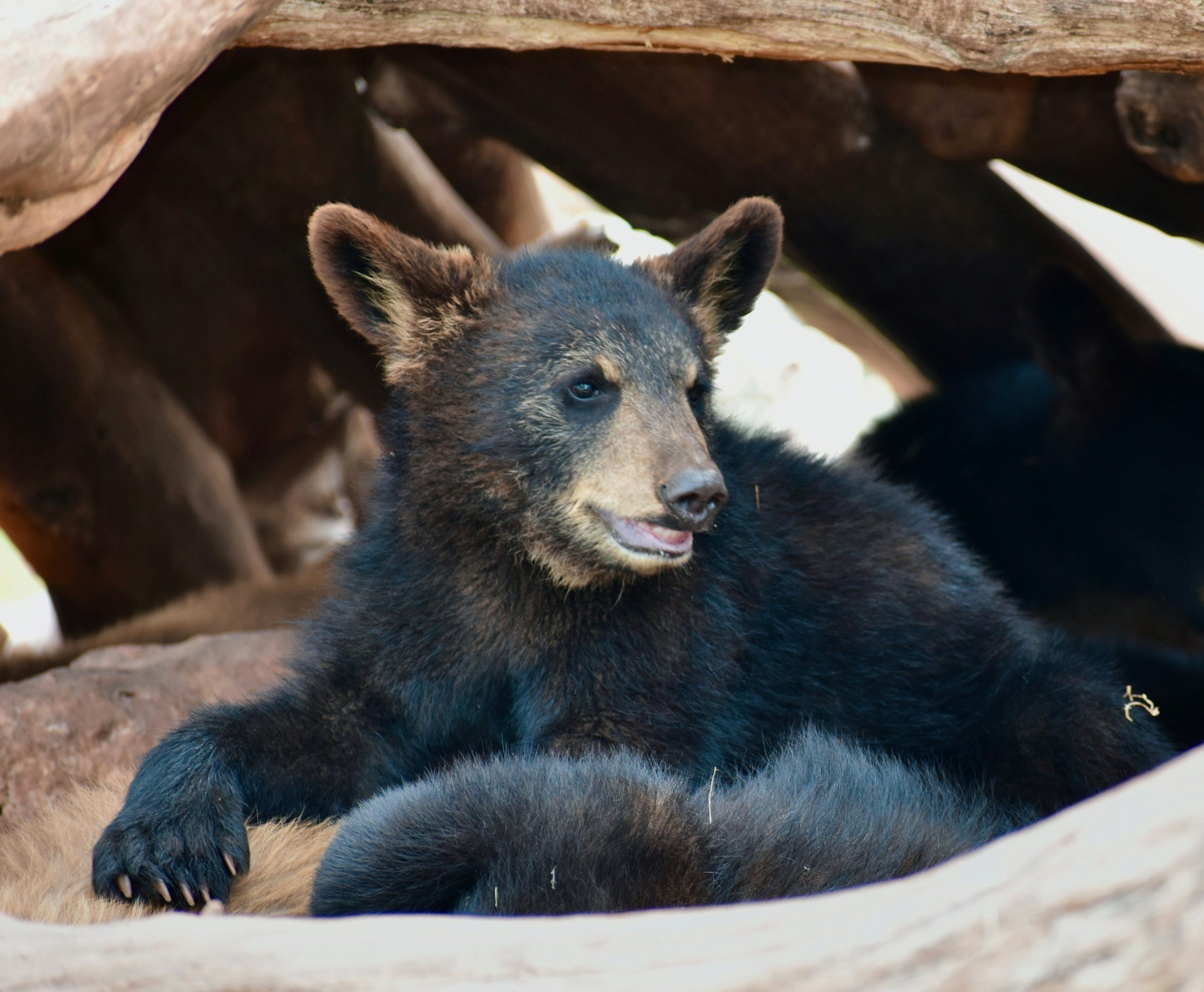
Florida Black Bears
The Florida Black Bear
The Florida black bear is a subspecies of the American black bear that naturally inhabits the State of Florida and parts of southern Georgia, Alabama, and Mississippi. It is Florida's largest land mammal and has an important place as an icon for Florida's wilderness. But after once nearing extinction due to concerted conservation efforts, the Florida black bear today can boast of a remarkable recovery. Today, the population is estimated to be about 4,000 individuals, with key populations found in the Ocala National Forest, Big Cypress National Preserve, and Apalachicola National Forest.
Conservation Success and Challenges
By the mid-20th century, due to habitat loss, hunting, and vehicle collisions, the population of black bears in Florida had greatly decreased. Only a few hundred remained by the 1970s, and they were listed as a threatened species in Florida. Conservation efforts, including a ban on bear hunting in 1994, habitat protection, and public education, helped the population recover. The bear was removed from the list of state-threatened species in 2012.
The main conservation challenge for the Florida black bear is habitat fragmentation. Rapid urban development has encroached on the forests and swamps that bears depend on, creating isolated populations and increasing the risk of human-bear conflicts. Vehicle collisions are a significant threat, with hundreds of bears killed on Florida roads annually. Wildlife corridors, which connect fragmented habitats, have been a critical tool in addressing this issue. These corridors enable bears to roam freely, find mates, and avoid dangerous crossings. Human-bear interactions have also increased, particularly in suburban areas where bears are attracted to unsecured garbage, pet food, and bird feeders. Outreach programs by Florida's Fish and Wildlife Conservation Commission teach residents how to bear-proof their properties and minimize attractants.
Behavior and Ecology
Florida black bears are highly adaptable omnivores, with diets consisting of fruits, nuts, insects, and occasional small animals. They play a crucial role in their ecosystems, aiding in seed dispersal and scavenging. Despite their size—adult males weigh between 250–400 pounds and females 125–250 pounds—Florida black bears are agile climbers and swimmers, thriving in diverse habitats including pine flatwoods, hardwood forests, and swamps.
Bears are solitary, only coming together during the breeding season or when females have young. Mating takes place during summer; females give birth during winter hibernation to 1–4 cubs. Although Florida's mild winters usually result in very short hibernation, females typically den for several months to take care of newborns. Cubs remain with their mother about a year before leaving to establish home ranges.
Future of the Species
The future for the Florida black bear is bright, yet guarded. With a continued growth in Florida's human population, habitat conservation is key. Large, connected areas of wilderness will be necessary to maintain genetic diversity and minimize human-bear conflicts, as will an expansion of wildlife corridors.
As the Florida black bear has surely showed, its recovery is symbolic of proactive conservation success. Therefore, the species is standing quite well in the best chance to thrive as part of Florida's natural heritage on continued efforts towards addressing habitat fragmentation and promoting human-bear coexistence.

